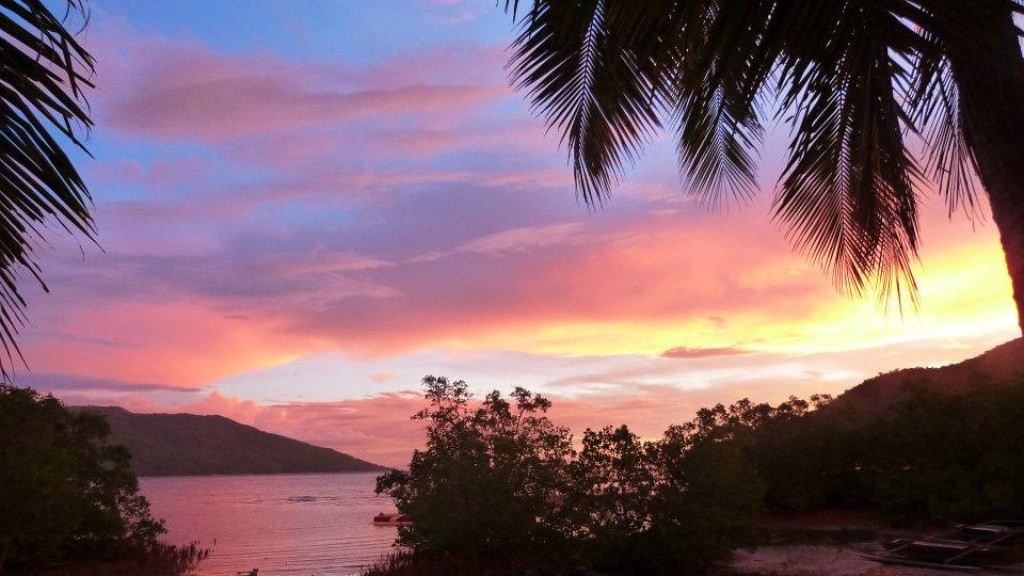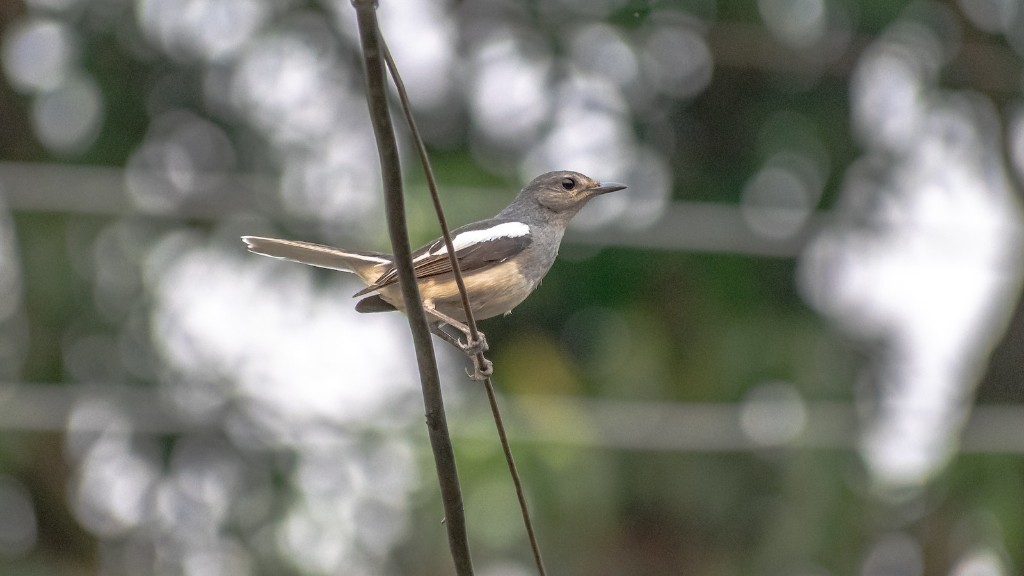Where is Madagascar on the Map?
Located off the eastern coast of Africa, Madagascar is an island country that has long captivated the imagination of travelers and explorers with its unique biodiversity and stunning landscapes. Stretching over 587,041 square kilometers, this large island is the fourth largest in the world and is situated in the southwestern Indian Ocean. Despite its isolated location, its distinctive flora and fauna make it a place of great interest.
Geographically, Madagascar is located between latitudes 12° and 26°S and longitudes 43° and 51°E. To its west lies the Mozambique Channel, separating it from the African continent, while the Indian Ocean surrounds the other sides. Its closest neighbor is Mayotte, a French overseas department, situated in the northwest. It is approximately 400 kilometers away from the African mainland.
The island’s history and geography have played a significant role in shaping its unique biodiversity. Madagascar was once part of the supercontinent Gondwana and split apart around 135 million years ago, drifting towards its current location. As a result of its isolation for millions of years, Madagascar developed its own distinct ecosystems, leading to unparalleled levels of endemism.
Madagascar is famous for its diverse flora and fauna, with a staggering 90% of its wildlife found nowhere else on earth. It is home to numerous endemic species, including lemurs, chameleons, and baobab trees. Biodiversity hotspots such as the rainforests of Ranomafana and the dry spiny forests of the south make it a haven for nature enthusiasts and researchers alike.
Despite its natural wonders, Madagascar faces environmental challenges. Deforestation and habitat loss have put many species at risk of extinction. Illegal logging and slash-and-burn agriculture are major contributors to this problem. Efforts are being made to address these issues through conservation projects and sustainable practices, but there is still much work to be done in preserving Madagascar’s unique ecosystems.
In addition to its natural beauty, Madagascar also has a rich cultural heritage. The Malagasy people, composed of various ethnic groups, have their own unique traditions, language, and customs. The island’s history has been influenced by different waves of migration, including settlers from Africa, Arabia, and Southeast Asia. This diversity is reflected in the Malagasy language, which is a blend of Austronesian and Bantu languages.
Environmental Impact
The geographical location and isolation of Madagascar have resulted in a delicate ecosystem that is highly susceptible to human activities. Deforestation, driven by the need for land and resources, has serious consequences for the island’s biodiversity. As forests are cleared, habitats disappear, leaving species vulnerable to extinction. Efforts to address this issue are essential for the long-term preservation of Madagascar’s unique biological heritage.
One organization working towards conservation in Madagascar is the Madagascar Biodiversity Partnership. This non-profit group focuses on community-based conservation efforts, working with local communities to protect vulnerable habitats and promote sustainable practices. By involving local people in the conservation process, they aim to create a sense of ownership and responsibility, ensuring the long-term success of their initiatives.
Economic Development
Madagascar faces significant economic challenges due to its isolation and limited resources. The country primarily relies on agriculture, with vanilla, cloves, and coffee being important exports. However, financial instability and political unrest have hindered economic growth. International organizations such as the World Bank and the African Development Bank are working with the Malagasy government to promote economic development and reduce poverty.
Diversifying the economy is seen as a key strategy for sustainable development. The natural beauty and rich biodiversity of Madagascar make it an attractive destination for ecotourism. The government is focusing on promoting this sector, as it has the potential to provide employment opportunities and generate revenue while conserving the country’s natural assets.
Challenges and Opportunities
While Madagascar faces numerous challenges, there are also opportunities for positive change. The international community plays a crucial role in supporting conservation efforts and sustainable development. By investing in education, infrastructure, and environmental protection, a brighter future can be secured for both the people and the unique biodiversity of Madagascar.
It is crucial to recognize the value of Madagascar’s natural treasures and work towards their preservation. Collaborative efforts between governments, NGOs, and local communities are vital for the sustainable development of the country. By raising awareness and supporting initiatives on the ground, we can ensure that future generations will continue to marvel at the wonders of this incredible island on the map.
References:
- “Madagascar” – World Wildlife Fund
- “Madagascar” – National Geographic
- “Madagascar Biodiversity Partnership” – Madagascar Biodiversity Partnership
- “World Bank Group Engagement in Madagascar” – The World Bank
- “African Development Bank and Madagascar: Key facts and figures” – African Development Bank



